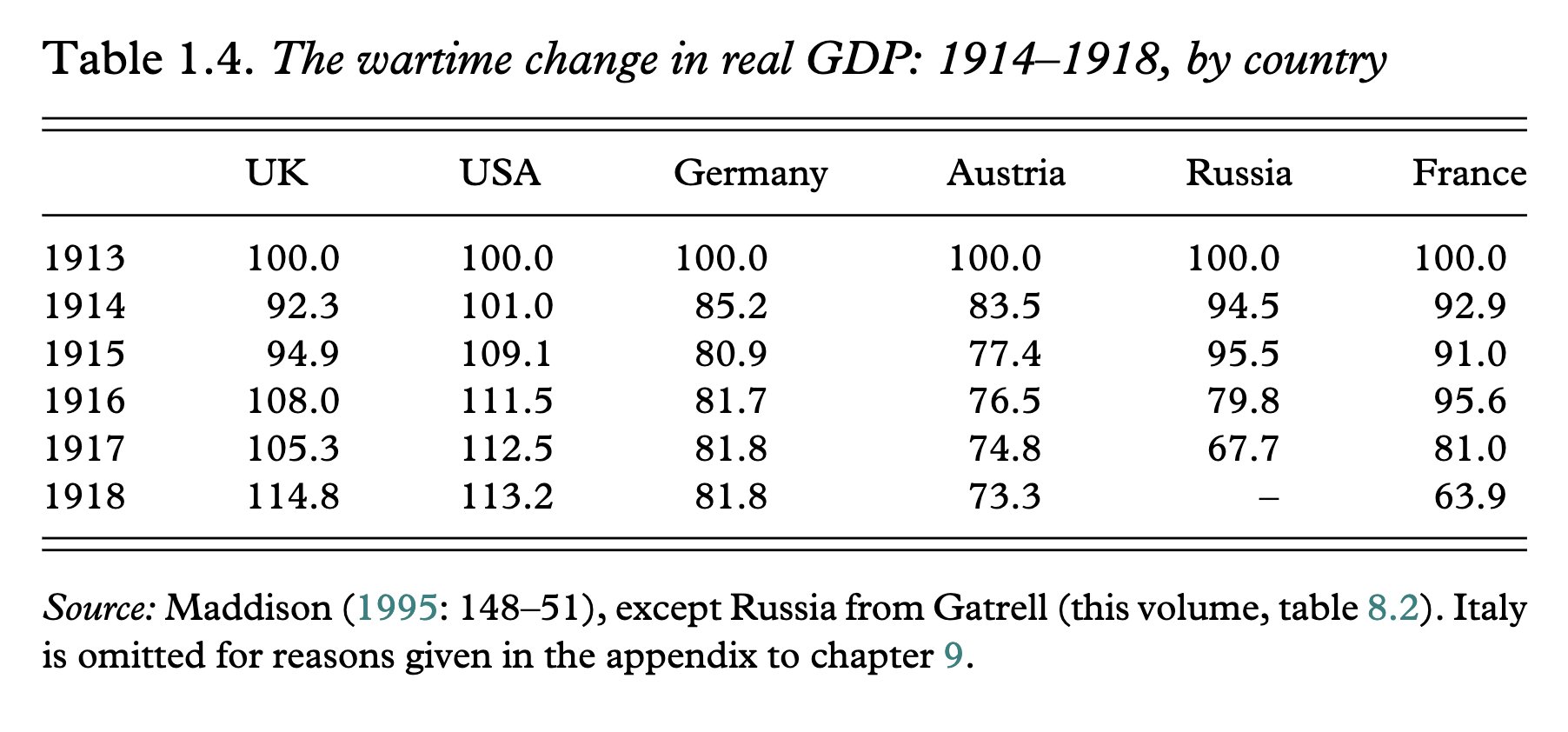Women
- Served as nurses, spies and mechanics!
- Women were either forced or conscripted to join the war effort.
- In Britain, 200 000 worked in government departments, 500 000 in clerical positions, 700 000 in the munitions factories and 250 000 in agriculture.
- This was replicated in other countries such as Russia, Austria and France.
- But not so in Germany because of the strength of the trade unions. This could be a factor in Germany losing the war.
- Munition factory workers worked in unhealthy conditions, sometimes called canaries because the sulphur made their skin yellow.
- But women did not fight in most armies. The Russian Army was different, however, with battalions raised of women from 1917 onwards. The Serbian army had women too but not the same number.
- Women were on the frontline and became casualties as a result. They were usually involved in medicine (nurses and ambulance) but also helped with logistics too.
- At home, women were also instrumental in pressuring men to fight. The giving of a white feather was key in this.
- As a result of women’s efforts during the First World War, many received the right to vote. However, in Britain it was limited to thirty years of age only whereas for men it was twenty-one. But they fared better in Russia, Germany, Poland and the USA between 1918-20 as they were given equal suffrage.
- Women also changed socially. Some were able to gain careers after the war which were previously inaccessible. Fashion changed too with some having their hair short.
- However, societies still saw women’s role as mothers and it was many decades before they were earning similar money to men and accepted into senior roles in society.
Arts
Art changed by the First World War
6 STUNNING FIRST WORLD WAR ARTWORKS BY WOMEN WAR ARTISTS
11 INCREDIBLE GERMAN FIRST WORLD WAR POSTERS
Encyclopedia of the First World War – Art
Germany
WWI German Front – Primary Source
The Homefront and Rationing World War I: Germany
Press and Censorship in Germany
Russia
War and Revolution in Russia 1914 – 1921
Russia’s First World War. A Social and Economic History
RATIONING AND FOOD SHORTAGES DURING THE FIRST WORLD WAR
Britain
Domestic impact of World War One – society and culture
Other Resources

Q. How do you think the falling GDP affected civilians during the war?
The First World War in 100 Moments – Britain’s Enemy Aliens
